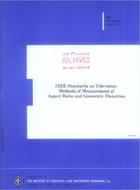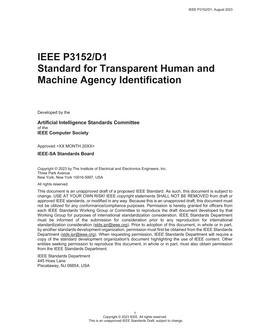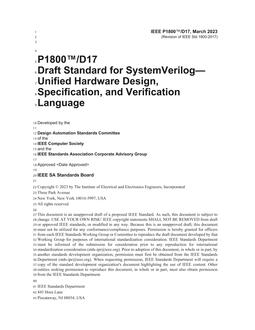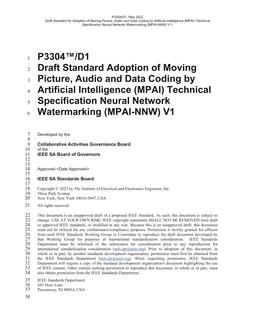Click here to purchase
New IEEE Standard – Inactive-Withdrawn.IN A TELEVISION SYSTEM, it is through the agency of the scanning process that the two-dimensional space function, comprising the image at the camera, is transformed into a one-dimensional time function for transmission; at the receiver, the reverse procedure is used to recreate the image. Ideally, the velocities of the scanning apertures should be uniform in both the horizontal and vertical directions; furtheremore, these two directions of motion should be orthogonal at all points in the raster. Finally, the ratio of the maximum excursions of the apertures in the horizontal and vertical directions of the transmitted picture, i.e., the aspect ratio, should be the same at both the transmitter and receiver. If there is departure from any of these conditions, geometric distortion results (except in the trivial case where the transmitter and receiver happen to contain compensating errors). It should also be noted that even in the case where the scanning aperture itself meets the desired conditions, the optical systems may contribute to the total geometric distortion; this applies to either the transmitter or receiver.
Product Details
- Published:
- 11/30/1953
- ISBN(s):
- 9781504402002
- Number of Pages:
- 10
- File Size:
- 1 file , 1.4 MB
- Product Code(s):
- STDWD02584




